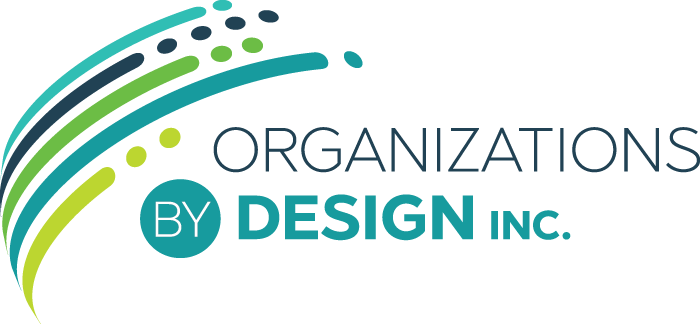
Andrea Eriksson
I have never self-identified as a system thinker until I met Nicole and learned more about the work of Peter Senge. To me, systems thinkers see connections and are able to rally interconnected players from different organizations or teams to achieve a common goal. It’s about listening to others and understanding what they are good at, what motivates them, and what they are working towards. Systems thinkers don’t necessarily need to be the expert in a subject area. They need to be able to understand who is the expert, how to connect those people, and ways that these individuals can work together to accomplish a project.
I am a person who has worn many hats professionally. In my role at Edmonton Economic Development, I have had the opportunity to look at Edmonton’s economy as an interconnected system. I have looked at the entrepreneur ecosystem in Alberta in my role at the Business Link. At my current role at NorQuest College, I developed Canada’s first Industrial Hemp curriculum and connected over 20 subject matter experts across Canada to accomplish the job.
Organizations that have adopted systems thinking benefit by not duplicating their efforts with other organizations within the system. This can be especially beneficial for non-profit companies that are working with finite resources. Organizations with systems thinking develop collaborative, win-win, mindsets and are able to work with other groups. An example of system thinking in action would be post secondaries collaborating on curricula sharing agreements or developing complementary curriculum.
Within my current role at NorQuest College, my new project is to connect with technology companies across Canada to find meaningful work placements for people with Autism. Understanding the landscape of organizations that support people with Autism and technology company landscape within Canada will be my first step with the project. Always understand what others do well, so you can build on their strengths, and make a unique contribution.
A consultant that is able to see how your organization fits within the big picture is essential. If you build a strategy in a silo, without taking into account what others are doing, you can only get so far. Doing the traditional SWOT analysis or competitor assessment isn’t enough; you must think about who else has an interest in seeing the project succeed and how you can help others.
Systems thinking can help others see the big picture and visualize how they are connected. It provides new meaning to the phrase “many hands make light work”. People want to work on collaborative projects, where they know they will be heard, and their efforts will be essential.
